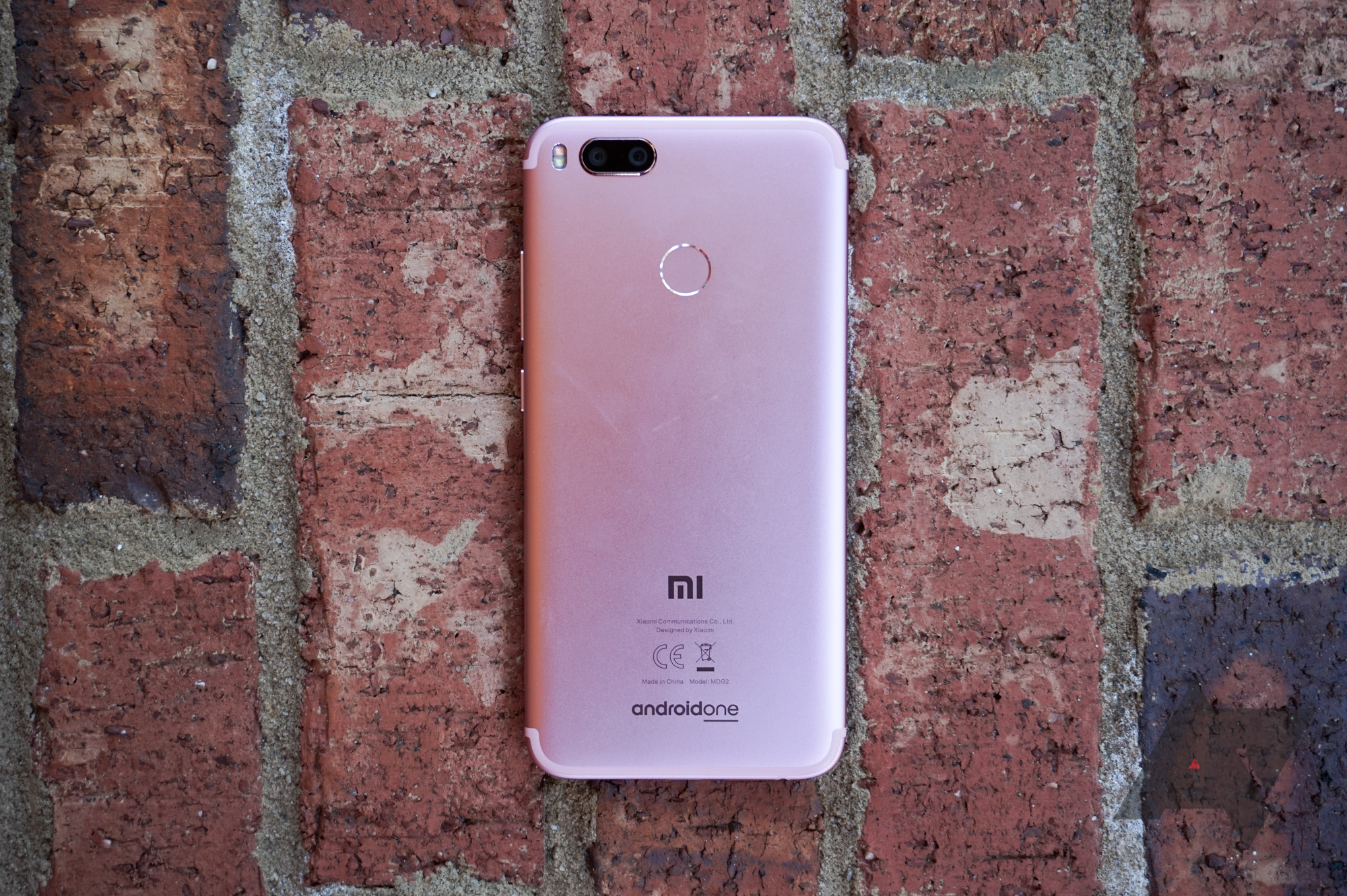 Xiaomi Mi A1 (Android One) review
Xiaomi Mi A1 (Android One) review

Xiaomi phones always have the same problem. While the company's devices have generally great specifications and design for the price, the software experience is usually not very good. If you've read one of our Xiaomi device reviews, or used one of the company's phones yourself, you probably know what I'm talking about.
All of Xiaomi's phones and tablets ship with MIUI, a heavily modified version of Android that has countless problems. Some of these include Bluetooth connectivity bugs, terrible notification handling, and over-the-top power management that can outright break notifications for many apps. Jordan went in depth about MIUI's issues , if you're interested in details.
Because Xiaomi's devices are mostly just inhibited by the software, people have been asking the company for years to make a phone with stock (or near-stock) Android. Last month, that finally became a reality, when Xiaomi announced its first Android One device - the Mi A1
Xiaomi phone without MIUI? It's pretty fantastic
SPECS
| CPU | Qualcomm Snapdragon 625 |
| GPU | Adreno 506 |
| Display | 5.5" 1080p IPS with Corning Gorilla Glass |
| RAM | 4GB RAM |
| Storage | 64GB storage with hybrid SIM/MicroSD slot |
| Rear Camera | 12MP wide-angle + 12MP telephoto lens with 2x Optical zoom and 10x digital zoom, dual-tone LED flash |
| Front camera | 5MP |
| Battery | 3000mAh |
| Network | FDD-LTE / TDD-LTE | WCDMA | GSM | VoLTE, Dual SIM and dual standby |
| Dimensions | 155.4 x 75.8 x 7.3 mm, 165 g |
| Software | Android 7.1.2 (upgrade to Oreo before the end of 2017) |
| Colors | Black, Gold, Rose Gold |
| Price | ₹14,999 in India (approx. $231) |
Design and materials
To be honest, the lack of originality doesn't bother me in the slightest. If you don't want an iPhone look-alike, there are plenty of other options out there. But by copying most of the iPhone's design philosophy, Xiaomi has made a very good looking phone for the price.


There are some notable differences though, the first of which is one of my few complaints with this phone - the capacitive navigation keys. Just like ASUS and (until recently) Samsung, capacitive navigation buttons have been a staple of Xiaomi's phones for years. The A1's nav buttons aren't awful by any means (at least they light up), except that the overview/back buttons are in the wrong order compared to Nexus/Pixel/stock Android devices. I always prefer software navigation, but this only took a few hours of getting used to.
Moving onto the bottom edge, we see another departure from the iPhone - the headphone jack. Thankfully, the dumb trend of removing headphone jacks hasn't penetrated the mid/low-range phone market for the most part. I'm not an audiophile by any means, but I played a sampling of music on both the A1 and my first-gen Google Pixel to compare audio quality. On the A1, a very slight hiss was audible, but audio quality was pretty much identical otherwise.

Moving onto the bottom edge, we see another departure from the iPhone - the headphone jack. Thankfully, the dumb trend of removing headphone jacks hasn't penetrated the mid/low-range phone market for the most part. I'm not an audiophile by any means, but I played a sampling of music on both the A1 and my first-gen Google Pixel to compare audio quality. On the A1, a very slight hiss was audible, but audio quality was pretty much identical otherwise.
Left: 5-inch Google Pixel; Right: Xiaomi Mi A1



No comments:
Post a Comment